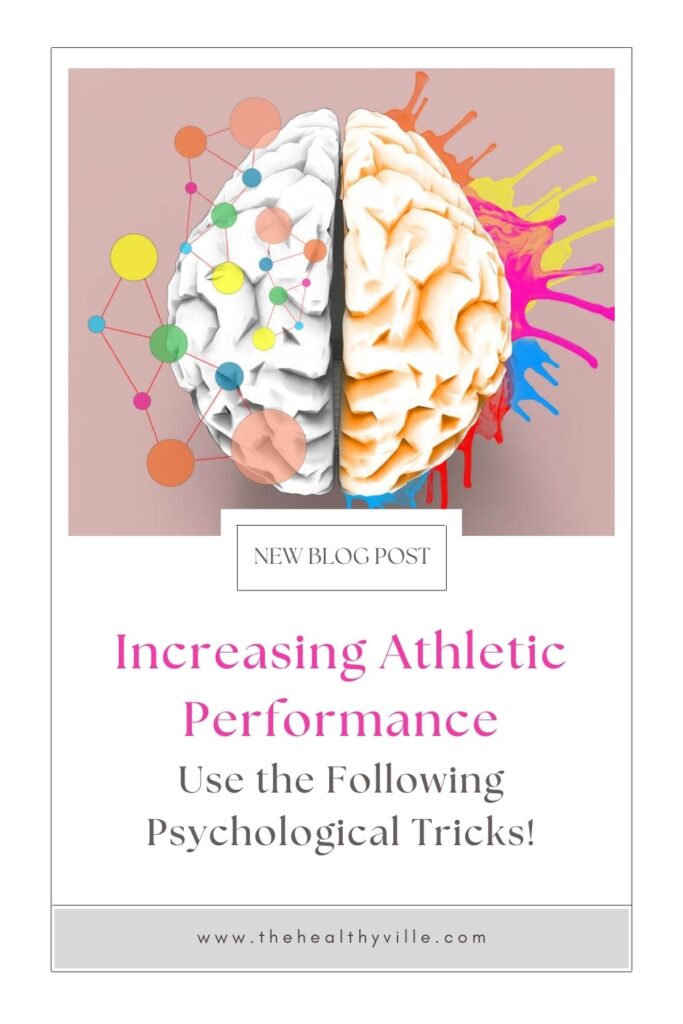Increasing athletic performance requires the combination of physical and mental. Keep reading and implement these psychological tricks.
Any athlete who is interested in increasing their performance should know the neurological tricks that will allow them to unfold their full potential. To be successful in sport you have to work your body and mind with the same intensity. However, psychological training is often relegated to the background.
Working on the mental sphere implies enhancing the cognitive variables that are directly involved in sport such as memory, attention or decision-making. Normally you work unconsciously in each training session, but there are specific exercises to enhance the psyche and thus obtain better sporting benefits.
Knowing the best neurological tricks to increase performance not only allows you to give the best of yourself, but also prioritizes workouts making them more valuable, varied and complete. With all this, we will review them below.
Power the mind-muscle connection
The brain is, without a doubt, the most complex and, of course, the most sophisticated organ in the human body. Among its innumerable functions, it is responsible for everything related to starting, modifying and ending the movement.
But the brain does not work alone. If it is capable of doing all the movements, it is thanks to its connection with the muscular system and the information it provides.
Working on the mind-muscle connection in each workout brings many benefits to athletic performance. Among them is the improvement of coordination, balance and body awareness. These are key aspects to have better marks, but also to prevent injuries.
Set “SMART” goals
Goal setting is a fundamental technique that any athlete must learn to master. The first step in doing this is knowing that not all objectives are valid. To set good goals, you must take into account specific guidelines.
You can summarize these premises under the acronym “SMART”. The meaning of that acronym is based on five rules, each represented by a letter and a word in English. For the objective to be valid, it must meet these requirements:
- S: “specific”. The objectives should indicate what you want to achieve, when, how much and how.
- M: “measurable”. There has to be some way to measure and get information about progress.
- A: “achievable”. They have to be within the capabilities of each athlete.
- A: “relevant”. The goals must be important to the person’s life.
- T: “temporalized”. You must specify the time interval in which you want to meet the objective.
Don’t forget to work your balance
Among all the physical capacities that the athlete works, there is one that usually goes unnoticed and that is balance. This is a serious mistake, since it is an equally important facet as strength, agility or flexibility.
Regularly working your balance, or proprioception, is synonymous with better athletic performance. This is because it is a quality that closely relates the nervous and muscular systems, supporting the neuromuscular system.
To work on balance there are interesting devices such as bosu, or work on surfaces with a certain degree of instability. With this, it is possible to be more aware of the different positions of each joint in space to prevent the appearance of injuries.
Apply these neurological tricks for increasing athletic performance
Anyone who has trained regularly will have noticed the importance of the proper functioning of the mind to do the exercises well. For example, when concentration fails, the probability of making a mistake greatly increases. Letting this happen can be regrettable, as these are avoidable failures that can lead to injuries that marginalize the athlete from the activity.
Little by little, athletes are assimilating that psychology is a fundamental factor to achieve the best sports performance. Indeed, this area is becoming increasingly important as well as physical appearance, tactics and strategy.
After all, no movement can be executed if there is not an efficient brain that commands and supervises that the motor gesture is being carried out correctly.
Don’t forget to SHARE the tips for increasing athletic performance with your friends and family on your social networks!

